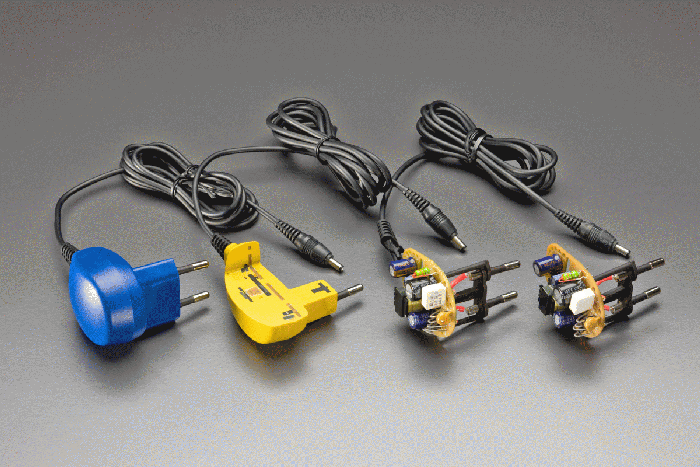Process encapsulates electronics, forms housings in single step
Thermoplastic injection molders of housings for E/E applications, as well as firms who use thermosets or ceramic to encapsulate the sensitive electronics within those housings, face an interesting new threat.
January 13, 2010
Thermoplastic injection molders of housings for E/E applications, as well as firms who use thermosets or ceramic to encapsulate the sensitive electronics within those housings, face an interesting new threat. The BaySystems polyurethane systems house in Otterup, Denmark, part of Bayer MaterialScience's network of polyurethane systems houses, has worked with Swiss PUR processing machinery manufacturer Isotherm AG (Uetendorf) to develop what they say is a cost-effective reaction injection molding (RIM) process for the production of housings and the encapsulation/protection of sensitive electronic components in a single step.
 Typically production of these requires several separate steps: housings are injection molded from thermoplastics, sensitive electronics are encapsulated in thermoset resin or ceramic, and then the latter is inserted in the former. The new RIM process discussed enables both the housing and the protection to be produced in a single step—one plug from one cast.
Typically production of these requires several separate steps: housings are injection molded from thermoplastics, sensitive electronics are encapsulated in thermoset resin or ceramic, and then the latter is inserted in the former. The new RIM process discussed enables both the housing and the protection to be produced in a single step—one plug from one cast.
The process makes use of polyurethane from the supplier's Baydur E and Bayflex E ranges. The PUR for these applications can be formulated to meet individual requirements—from soft, solid elastomers to semi-rigid and impact-resistant integral skin foams. The materials are said to have very short reaction times while releasing minimal heat and showing low shrinkage. Their low viscosity means that even encapsulation of difficult-to-reach areas of an electronic assembly, such as delicate pin contacts, can be achieved. The thermal conductivity of the polyurethanes, and thus the heat dissipation of electronic assemblies, can be raised by adding fillers and is largely independent of the material's hardness. Fillers also can be used to increase flame retardance. Coloring and laser marking are possible.
In RIM, the two main components—isocyanate and polyol—are introduced in liquid form into a countercurrent mixing head via a dosing system. These are then homogenized and injected into molds at low pressures (6 bar or less). In the mold, the material reacts to produce polyurethane. Finished parts can usually be removed from the mold in less than two minutes, according to Bayer. "A further benefit of manufacturing housings with polyurethane is that the RIM process facilitates the production of molded parts with wide variations in wall thickness. For example, it would also be possible to produce thin housing shells that are rigid and lightweight—with fully integrated reinforcing ribs, ventilation slits, spring locks, and metallic design elements," explains Gerd Viertel, who works on polyurethane encapsulation of electronic components at BaySystems.
Daniel Lüthi, managing director at Isotherm, says his firm has developed machines with low discharge rates of less than 15 g/sec (10 ccm/sec). Shots of as little as 2g are possible using specially developed metering equipment. —[email protected]
About the Author(s)
You May Also Like


